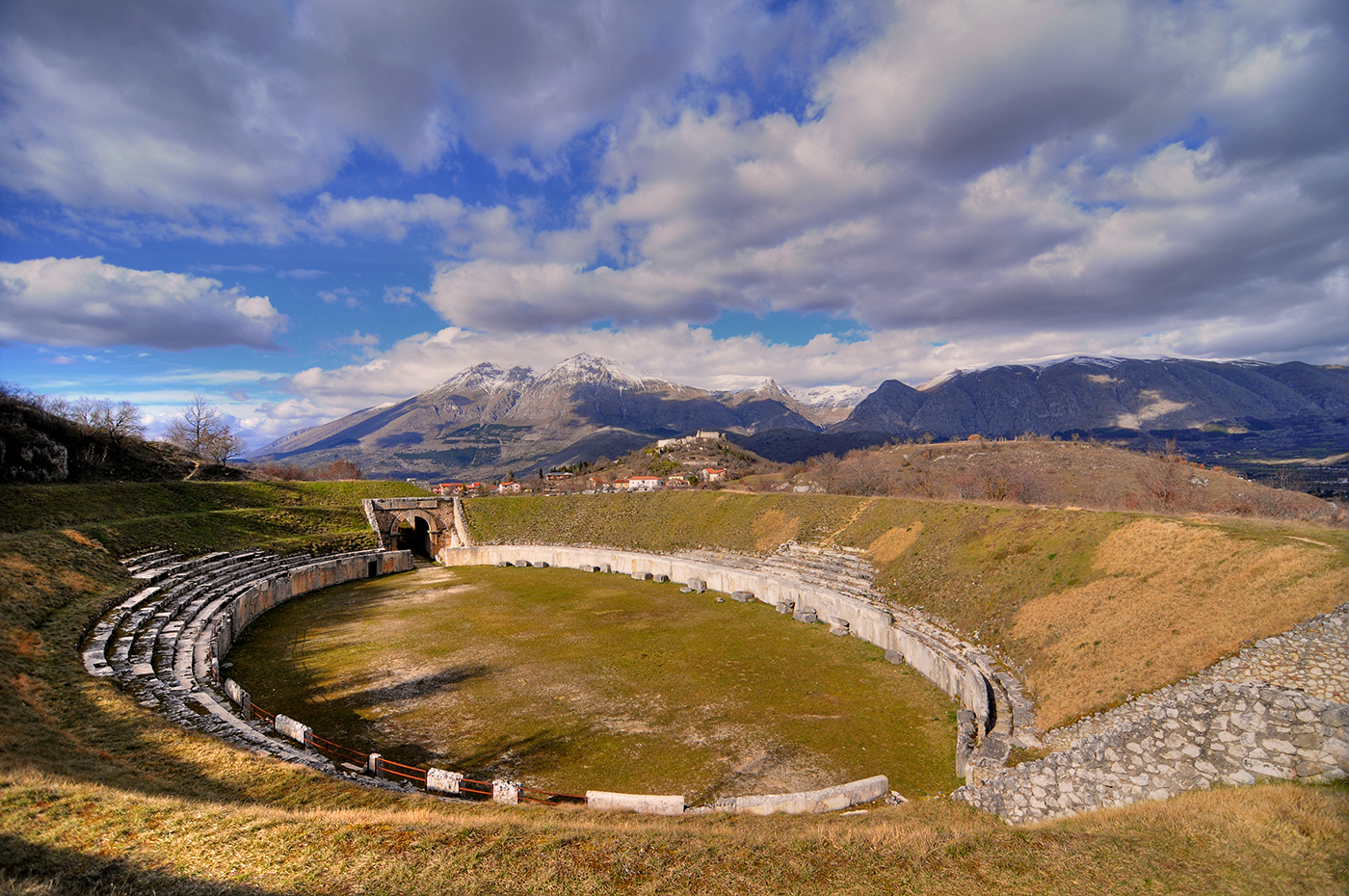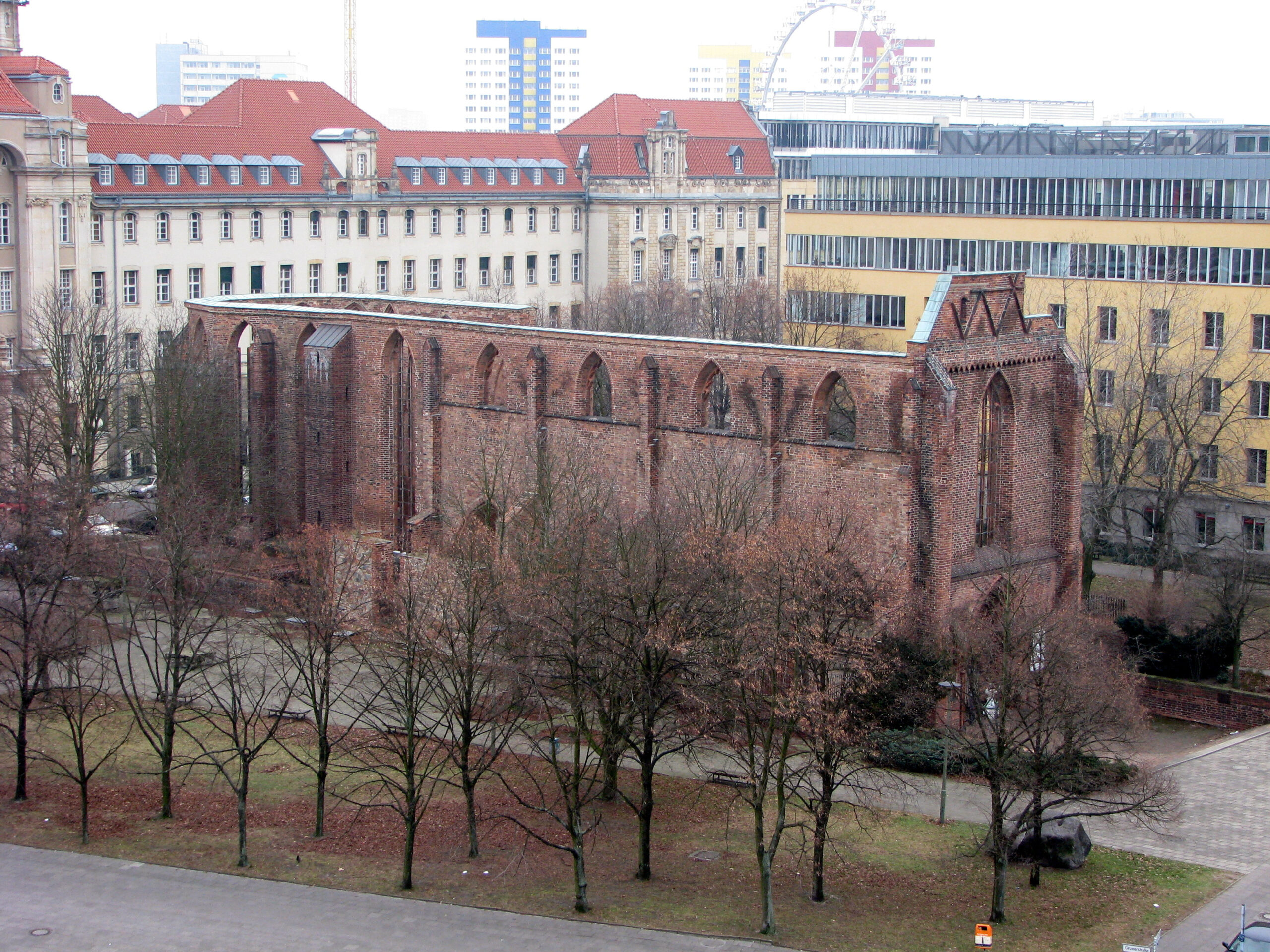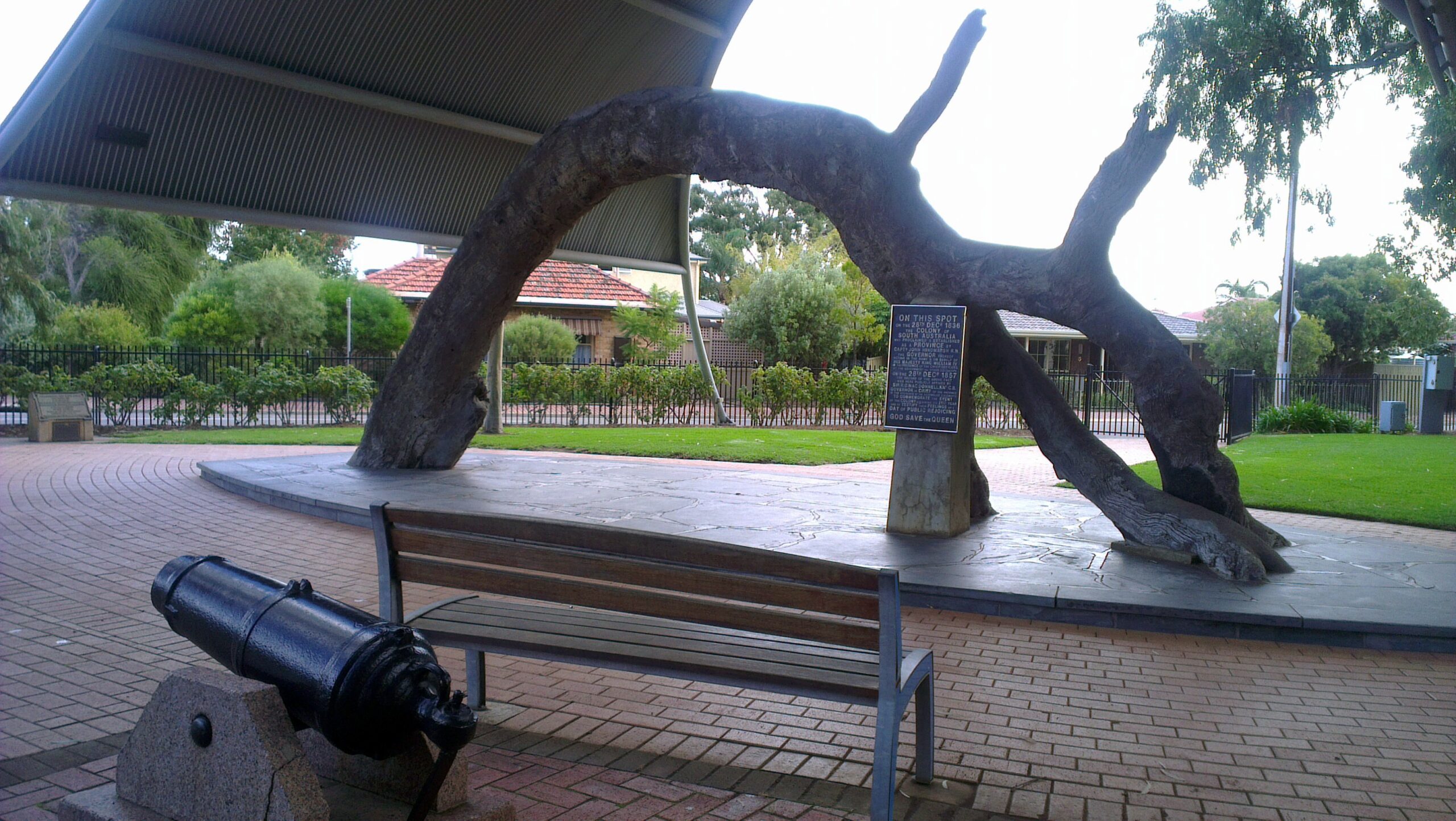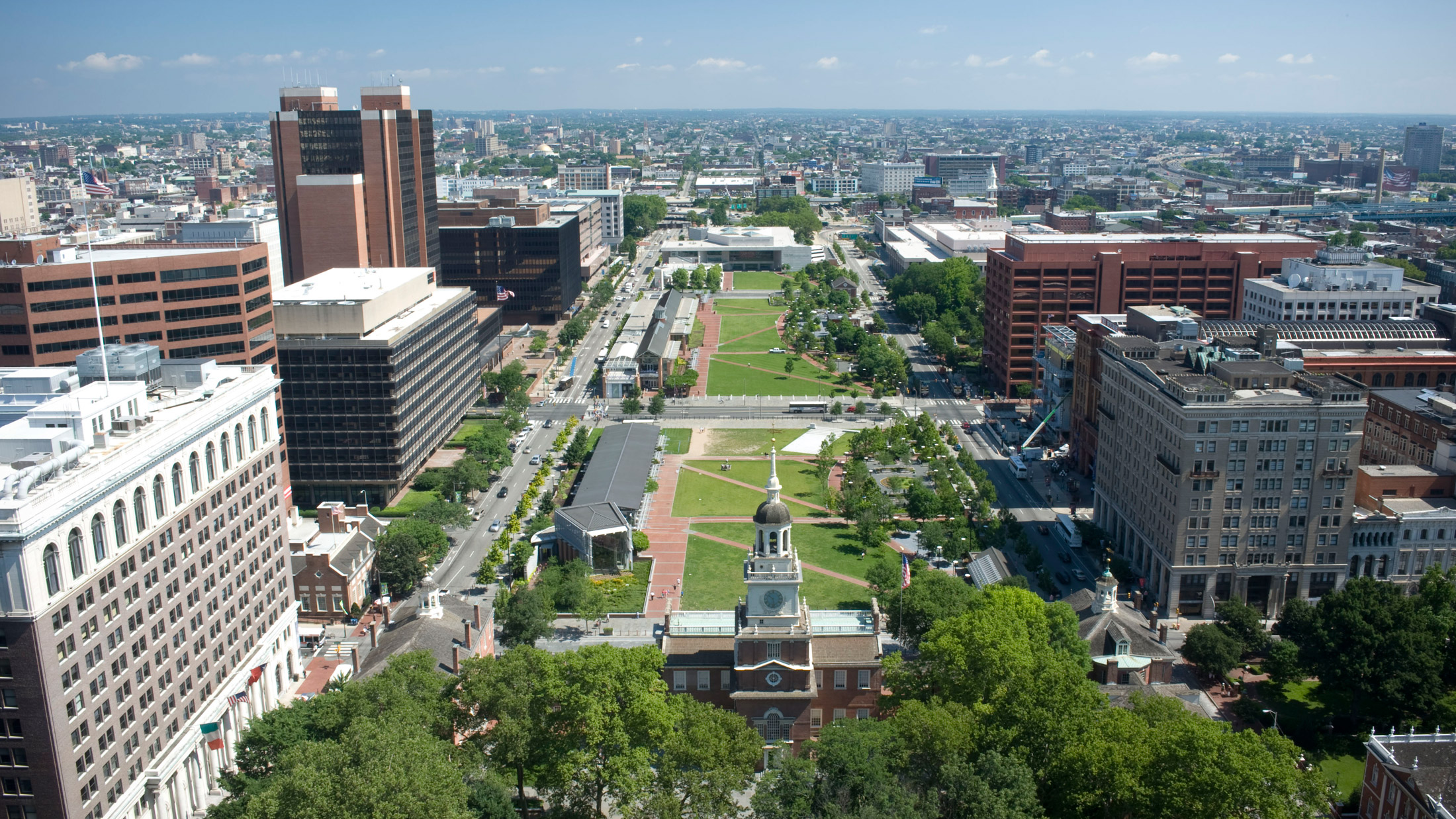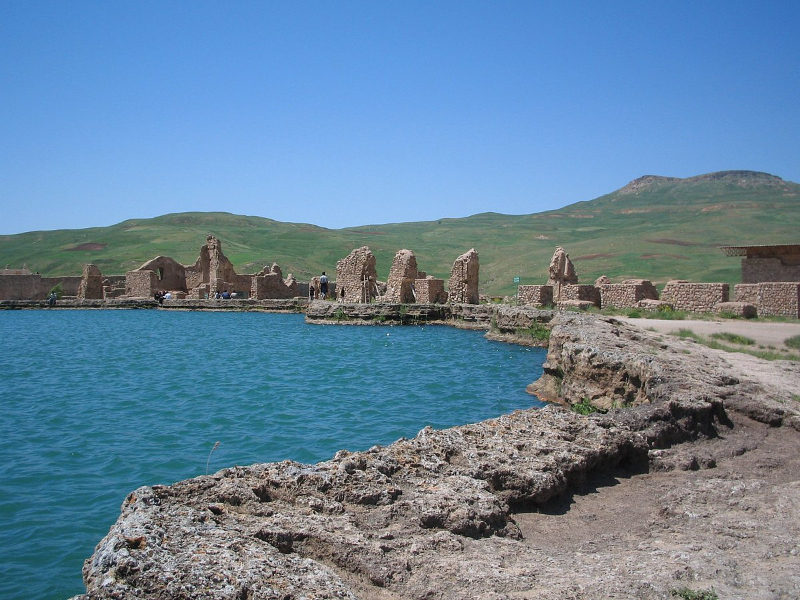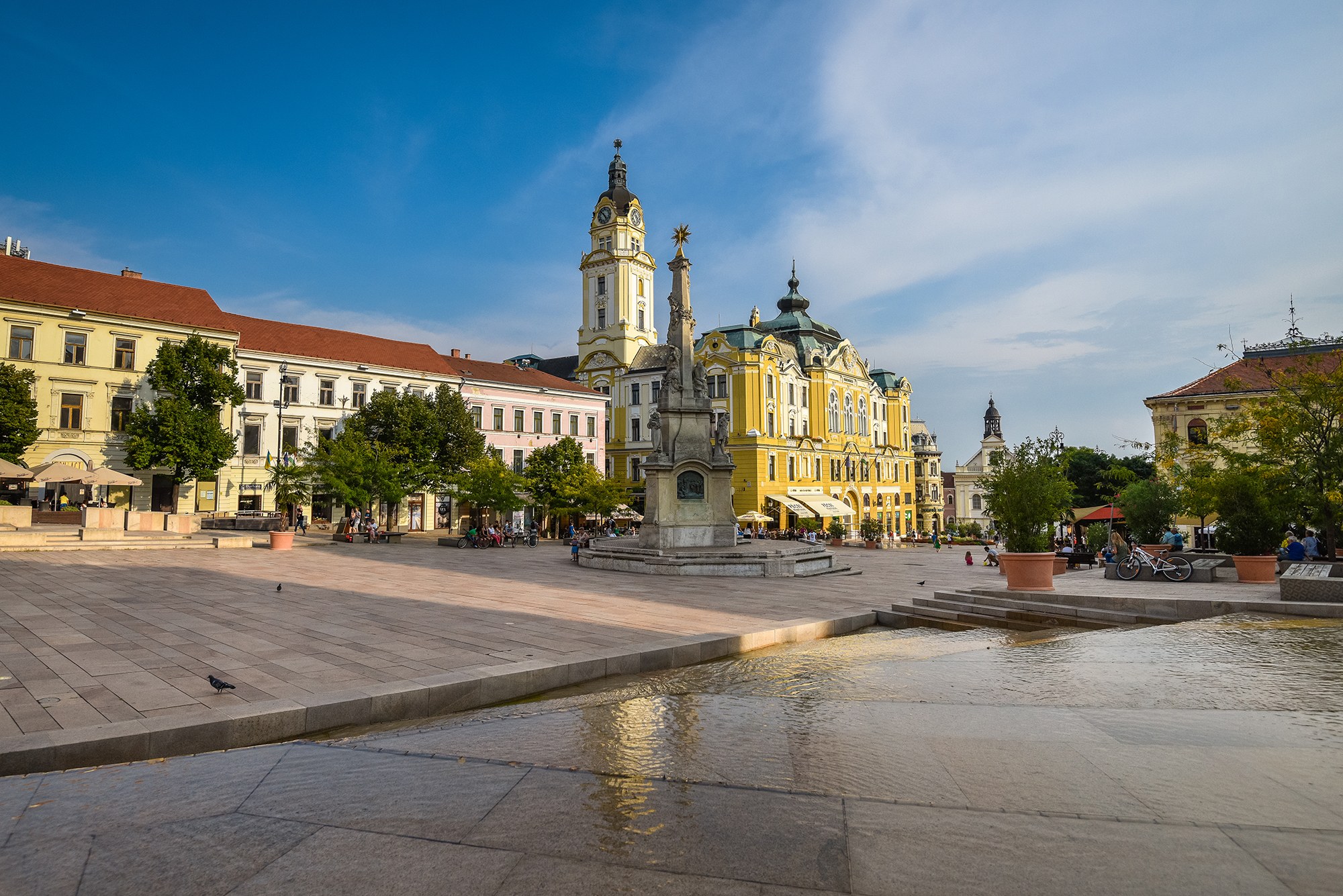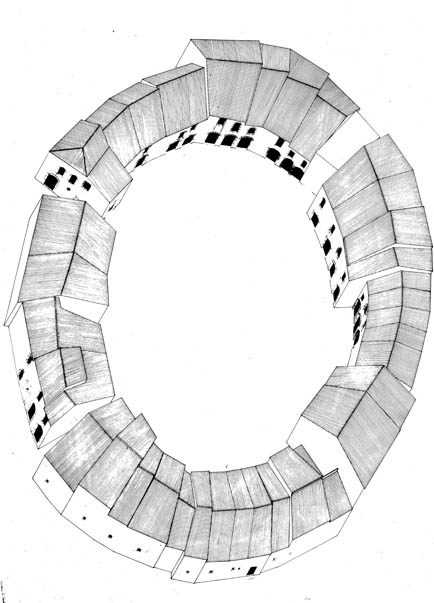The ancient Latin colony of Alba Fucens, in the current hamlet of Massa d’Albe (AQ), was founded by the Romans in 303 B.C., in the Equi territory, north of Lake Fucino, in an environmental and landscape context of great charm.
The excavation campaigns conducted by Belgian scholars, starting in 1949, and by the Soprintendenza per i Beni Archeologici dell’Abruzzo since 2006 have brought to light part of the inhabited area, surrounded by walls in polygonal work and divided into regular blocks within which the public and private buildings are located.
On the slopes of the hill of San Pietro, on which stood the temple of Apollo, is the amphitheatre built at the beginning of the 1st century A.D.; of the theatre is the cavea along the Pettorino hill on the top of which another temple was situated.
The visit route winds through the monumental centre of the colony; the main roads, via del Miliario, via dei Pilastri and via dell’Elefante, delimit the central area, where the public buildings are located: from north to south, forum, basilica, macellum, baths and sanctuary of Hercules. On the sides of the streets are the tabernae and some of the houses that also occupied the slopes of the hills.
On the top of St. Peter’s, you can visit the remains of the temple, incorporated in the church of the same name; the amphitheatre can be reached along a path that is detached from the access road to the hill.
The museum in Alba Fucens is currently being set up; some of the main works, including the colossal Hercules Epitrapezios, are currently on display at the National Archaeological Museum of Abruzzo in Villa Frigerj in Chieti.
